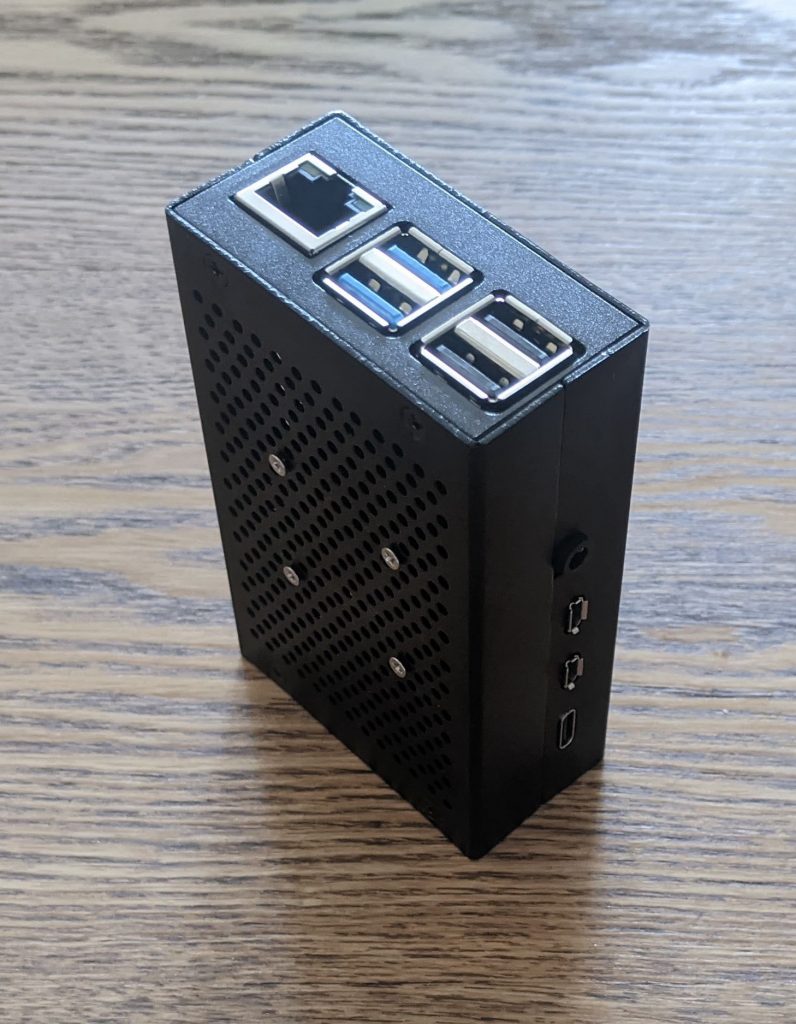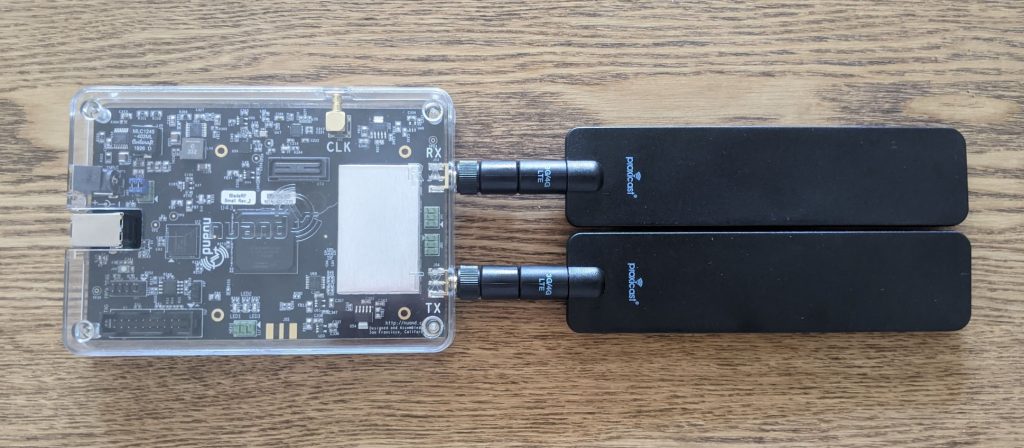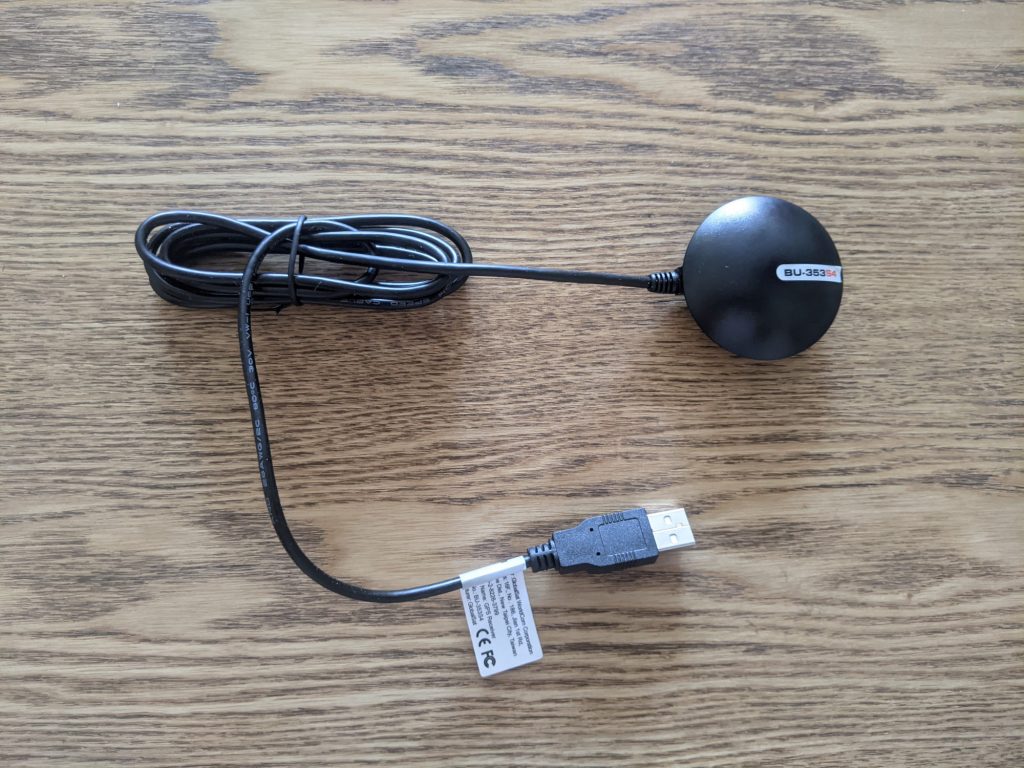Before Collecting
After the onboarding process with the Electronic Frontier Foundation, through the Seaglass team, the FADe project developed a series of strategies to carry out the project in several countries of the region in Latin America
As the project regional coordinating team, carrying out tests regarding the accurate capture of data, and the proper functioning of the mobile app became essential before extending the project to other latitudes, and then opening a call for potential, regional collaborators or Local Coordinating Organizations. (LCOs).
First contact.
- Explain the project regarding:
- Basic definitions. Documento matriz para OCL’s
- Scope. What do we want to do?
- Method. How does it work? Using the methodology proposed by the SEAGLASS project from the University of Washington. Click here
- Stages of the project.
- What is expected from the LCO’s for each stage of the project?
- Resources.
- Tangibles. Incentives to LCO’s.
- Intangibles. Monitoring and control throughout the data collection process.
- Diffusion and incidence. FADe project II has been funded to test the methodology proposed by Crocodile Hunter, a project of the Electronic Frontier Foundation, and collaborate with its validation and documentation to facilitate its execution by non-technical groups that practice activism in the region. That said, the promoter team will not be authorized to carry out advocacy work around the project results, specifically, not to make any pronouncement that may have a political use in any of the countries where monitoring can be carried out.
- The objective of the project regional coordinating team is to make the methodology information and the data obtained available to the Local Coordinating Organizations and the general public. In this sense, the work of journalistic advocacy, activism and politics around the results can be carried out by the LCO’s (local coordinating organizations), and/or any other local ally that wishes to use the data for independent publications, or campaigns as media of communication, organizations defending freedom of expression, etc.
- Ideally, the regional coordinating team should meet with the local coordinating organizations that intend to collaborate with the project. The main idea is to achieve a training workshop on reading and interpreting the data, which in the future will allow them to carry out a better advocacy work as an independent.
- Potential risks. Understanding the variety of contexts in which the countries to be considered to carry out the project may be immersed, a large margin of maneuver should be proposed, foreseeing some circumstances:
- Data will be captured using cellular devices that simulates the use of regular cell phone lines without intervening in any way with cell towers and their communications. So, the legality of this monitoring is the same as the result of having cell phone devices turned on.
- It is recommended that the project design considers not carrying out any publication or pronouncement about the project or its results until after monitoring and analyzing data to avoid associations between the project and ongoing tracking.
- It is proposed that Local Coordinating Organizations be listed in all the products of the organization and may promote their part of the work within the project once the promotion stage has begun. However, in cases in which an organization decides not to appear for security reasons, changing its public identity as an organization or other similar consideration would be entirely possible, and it would be able to adapt the image of the project to guarantee its anonymity.
- Any other safety considerations should be discussed with the project regional coordinating team, and through it to the funder.
- About the sensors. In essence, the same sensor can be used as a device:
- Fixed. They can even be located inside a drawer, closet, bookcase, etc.
- Mobile. Arranged inside a backpack, trunk or glove compartment of a car, motorcycle, etc.
- Points of interest for collection. Ideally, in the adjacencies of public or private institutions that are of interest, such as ministries, embassies, consular offices, non-governmental organizations dedicated to activism, freedom of expression, and/or human rights. Another way would be to make collections during specific days in which civic events are expected in the city, such as marches, protests, etc.
-
- Generating reports.
- Scope. The construction of a document explaining the continuous monitoring in the defined geographical areas is required using the established strategy. This is necessary to request funds that go to the corresponding Local Coordinating Organization and should be sent every two weeks, no more than 200 words.
- Communication with stakeholders. According to what is established in each case.
- Lessons learned. By justifying potential changes in strategy or planning based on on-site collection experiences.
- Generating reports.
Second contact.
- Logistics in terms of:
- Provide training to local collaborators or LCOs.
- Perform site visits. For this you need:
- Hardware.
- Computer: For this project’s execution, we used Raspberry Pi 4 due to its portability and excellent processing power, which must be considered to execute the Crocodile Hunter code correctly.
Figure 1 Raspberry Pi 4
- Software-defined radio with support for 4G / LTE bands: In this project, we used BladeRF x40 because it is one of the best options in terms of cost. The radio is used with 4G compatible antennas.
Figure 2 Radio BladeR Fx40
- USB GPS Unit: We use the GLobalsat BU-353S4 unit for its wide availability in international markets, cost, and outdoor operation capacity. With some sensors, we include a USB extension to allow a more comfortable positioning of the unit in places with open sky view and achieve better coverage.
Figure 3 GPS USB GLobalsat BU-353S4 unit
- High-amperage USB chargers: In order to keep the components described above operating, an output of more than 3A is recommended.
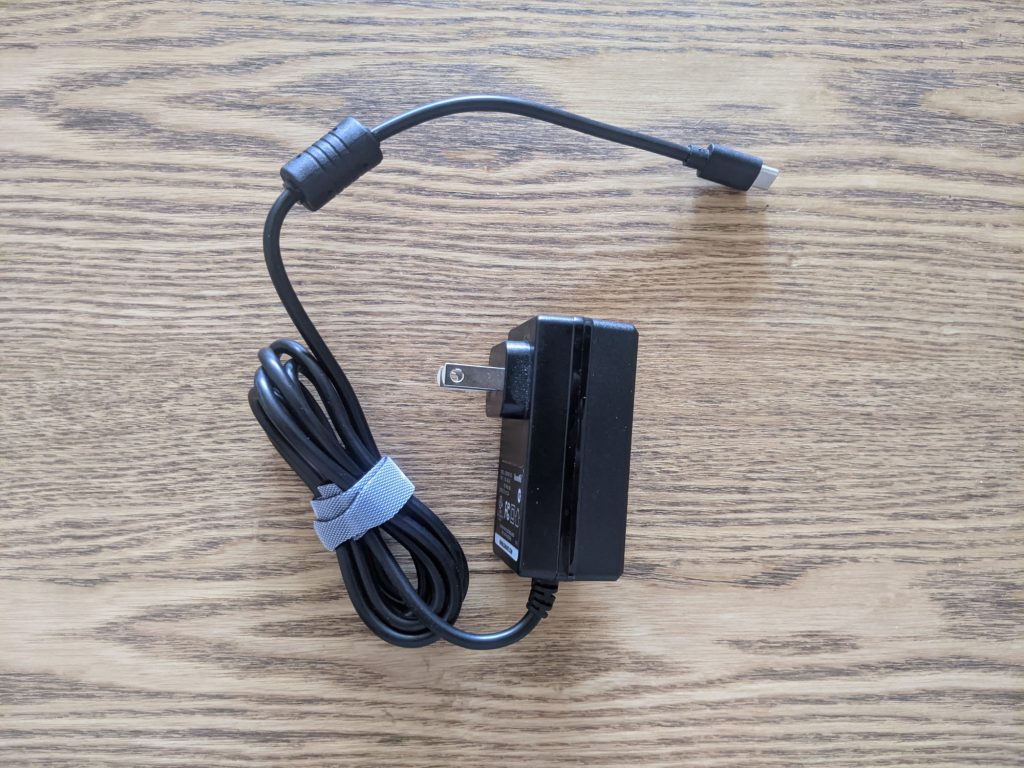
Figure 4 USB Charger
- Power bank: When using the sensor in a mobile way, a power bank is included with the same output characteristics as the included charger.
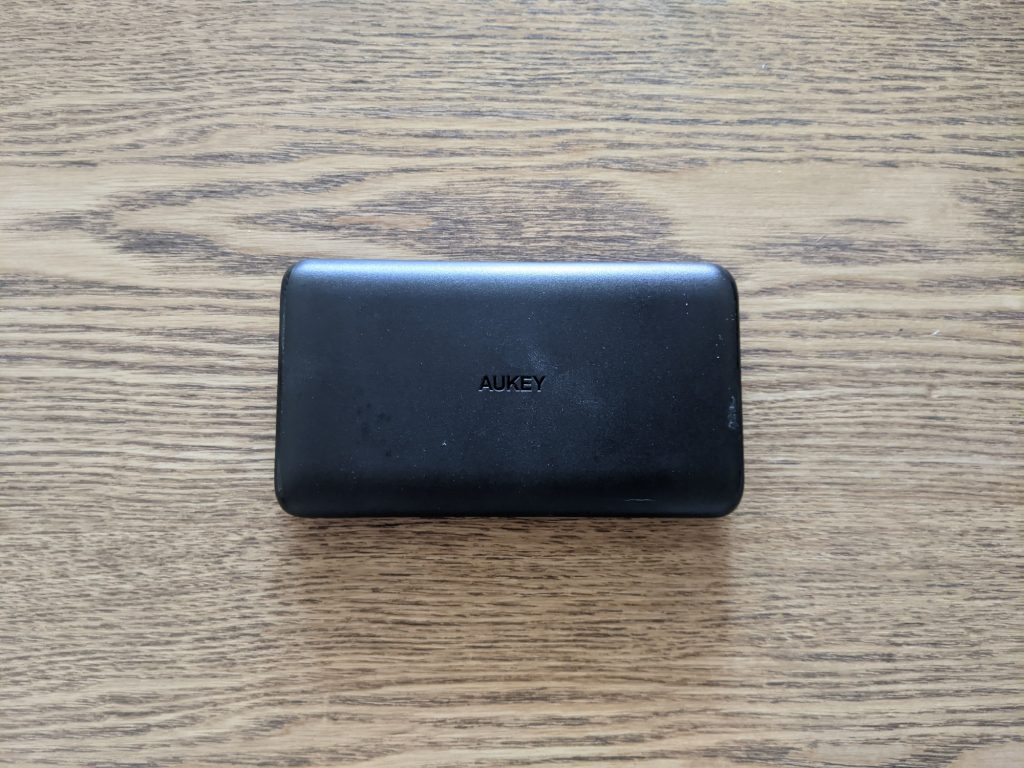
Figure 5 Powerbank
- Car adapter: For those sensors used in cars or vehicles, we use a high amperage cigarette-USB adapter. In this way, once started the engine, the sensor will automatically turn on.
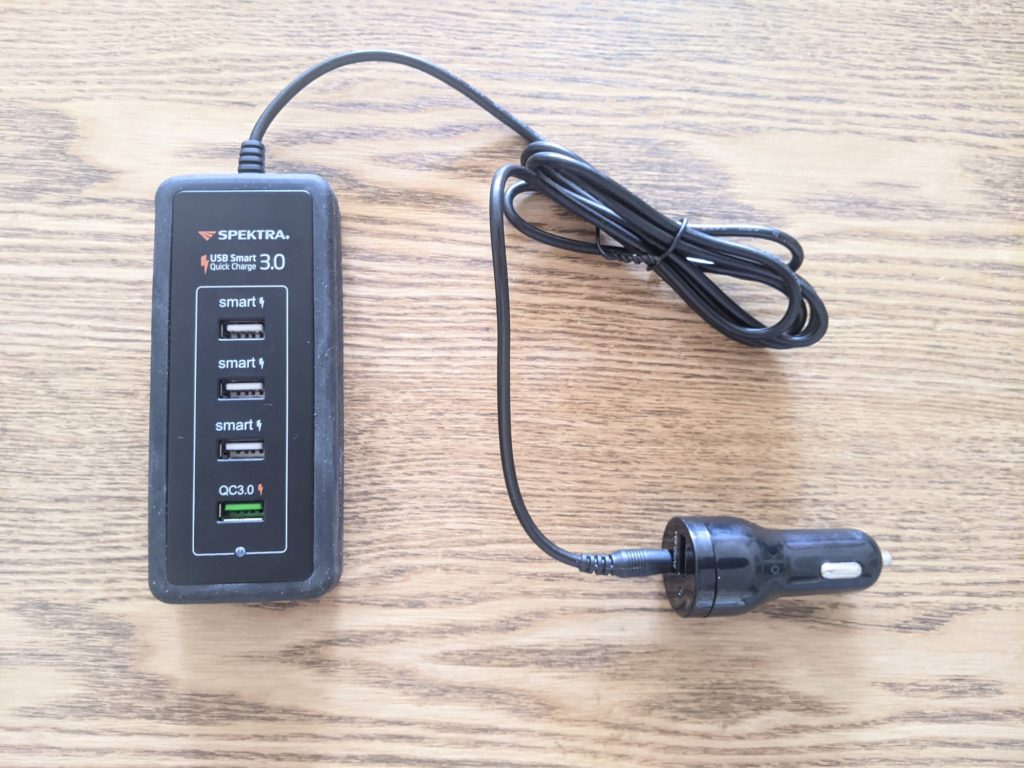
Figure 6 Car adapter
- Software / digital resources.
- Crocodile Hunter software installed: Following the Crocodile Hunter repository instructions here applied in the Ansible role available here (For the equipment described in the previous points).
- Data network access: For the software to work correctly, it must have access to some resources on the internet in real-time, which is why a way to obtain data access had to be arranged for each sensor. Among them:
- Wi-Fi or wired networks in static places. In the case of offices, houses, and any other fixed location with internet access.
- Use of Wi-Fi access points by cell phones available. In some cases, a Wi-Fi network corresponding to the access point created on the carrier’s cell phone was configured on the Raspberry Pi.
- Use of Wi-Fi access points by dedicated cell phones. In some cases, dedicated cell phones were configured for monitoring with local phone lines and their access points enrolled in the Raspberry Pi used by Crocodile Hunter. This was particularly useful in those cases where a Crocodile Hunter sensor and a SEAGLASS sensor were used in parallel, which requires a smartphone with internet access.
- Facilitation Supplies:
- Notebooks, for the local collaborators attending.
- Pencils, for the local collaborators attending.
- Travel logistics.
- Visa and other travel documents.
- Hotel reservation.
- Travel tickets.
- Ground transit plan (to your hotel, to the site).
- Emergency contact numbers.
- Travel plan.
- Establish a remote digital communication channel that works in the future. Signal, Telegram, Slack, or other.
- Establish emergency contact. Ideally, a collaborator with immediate response capability. It is also recommended that each local coordinating organization has a contact point and establish continuous communication with the project coordinating team to monitor the development of activities.
- Create an inventory of the delivered sensors, considering that each sensor consists of at least a Raspberry Pi 4 computer, a software-defined radio, a USB GPS unit, and charging media for the sensor.
- Distributing sensors. Based on:
- Geographical extension. Considering that each sensor has a radius of action of less than 07 km (4,35 miles).
- LCO’s capacity. Taking into account the number of collaborators involved. The use of one (01) sensor per person at a time is recommended.
FADe project is an initiative of South Lighthouse with the support of the Open Technology Fund.
![]()
![]()
This website is available under a Creative Commons Attribution 4.0 International (CC BY 4.0) License creativecommons.org




